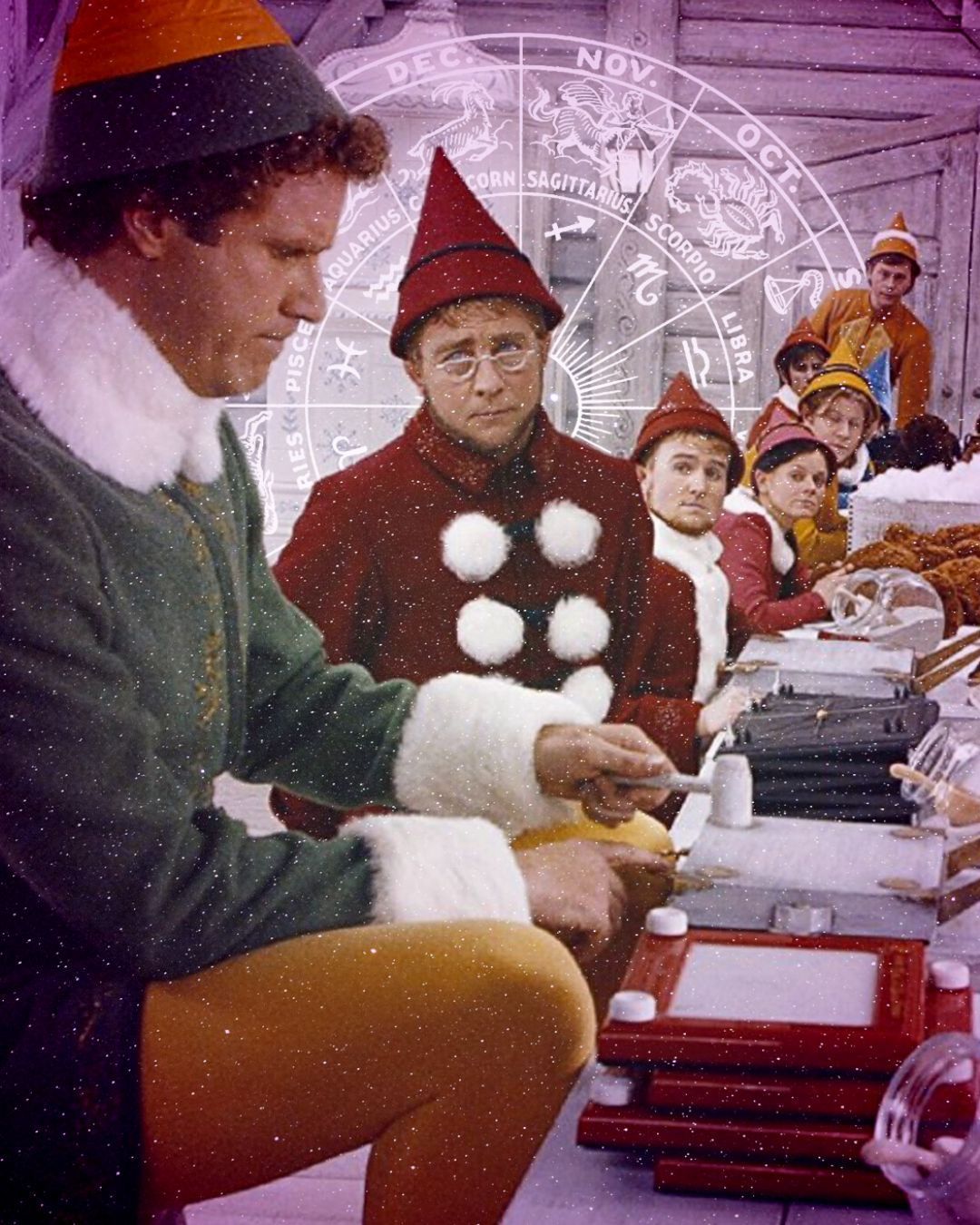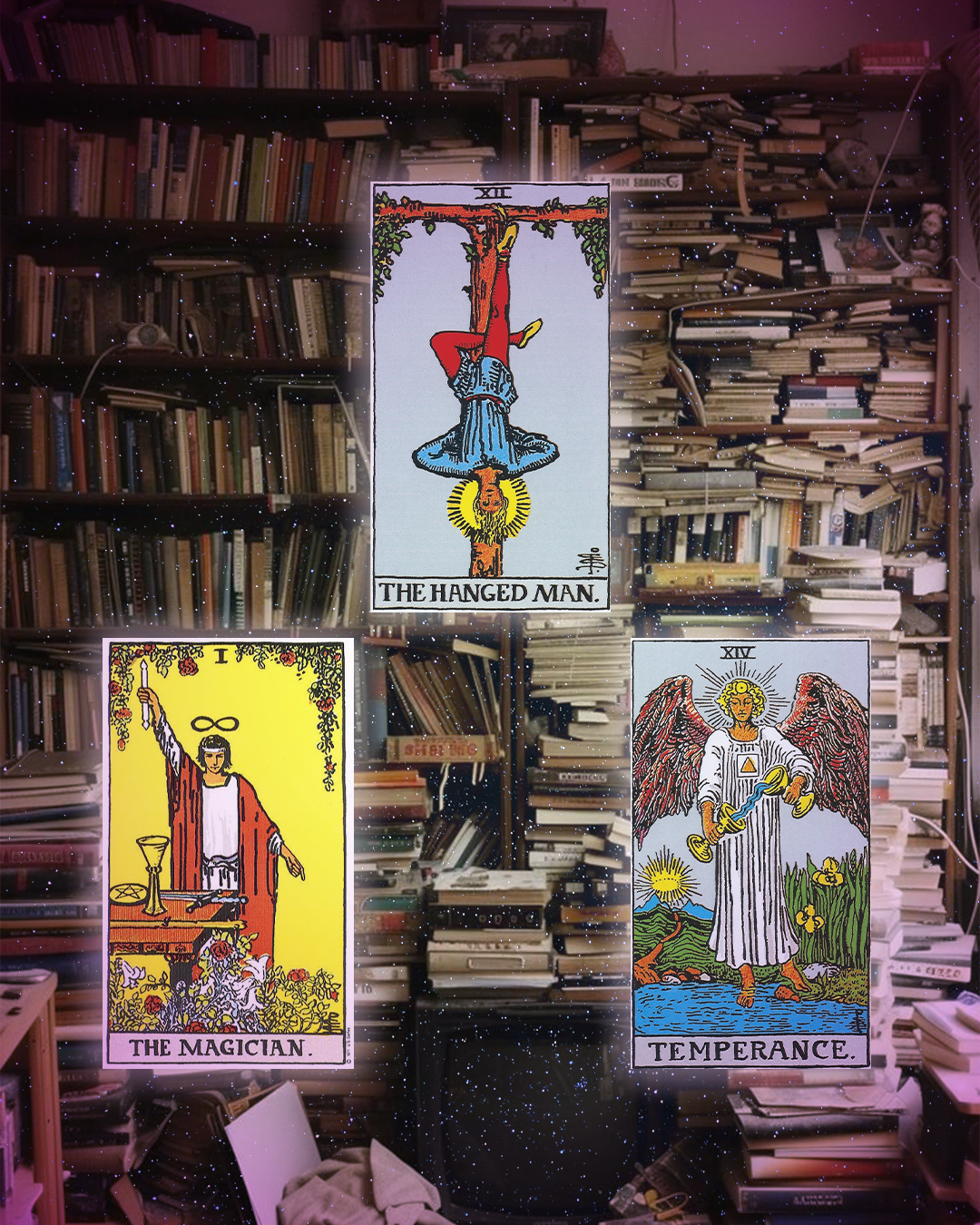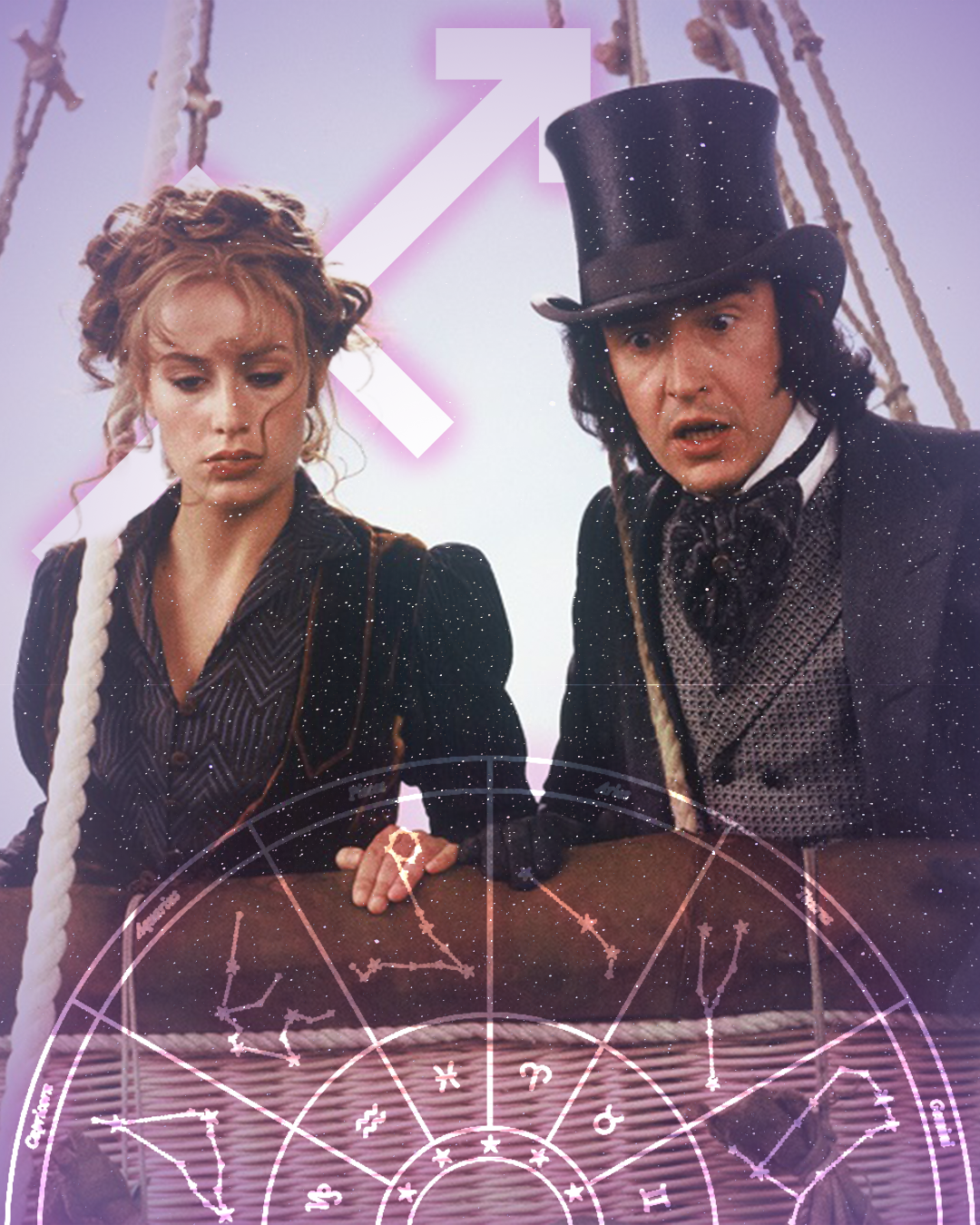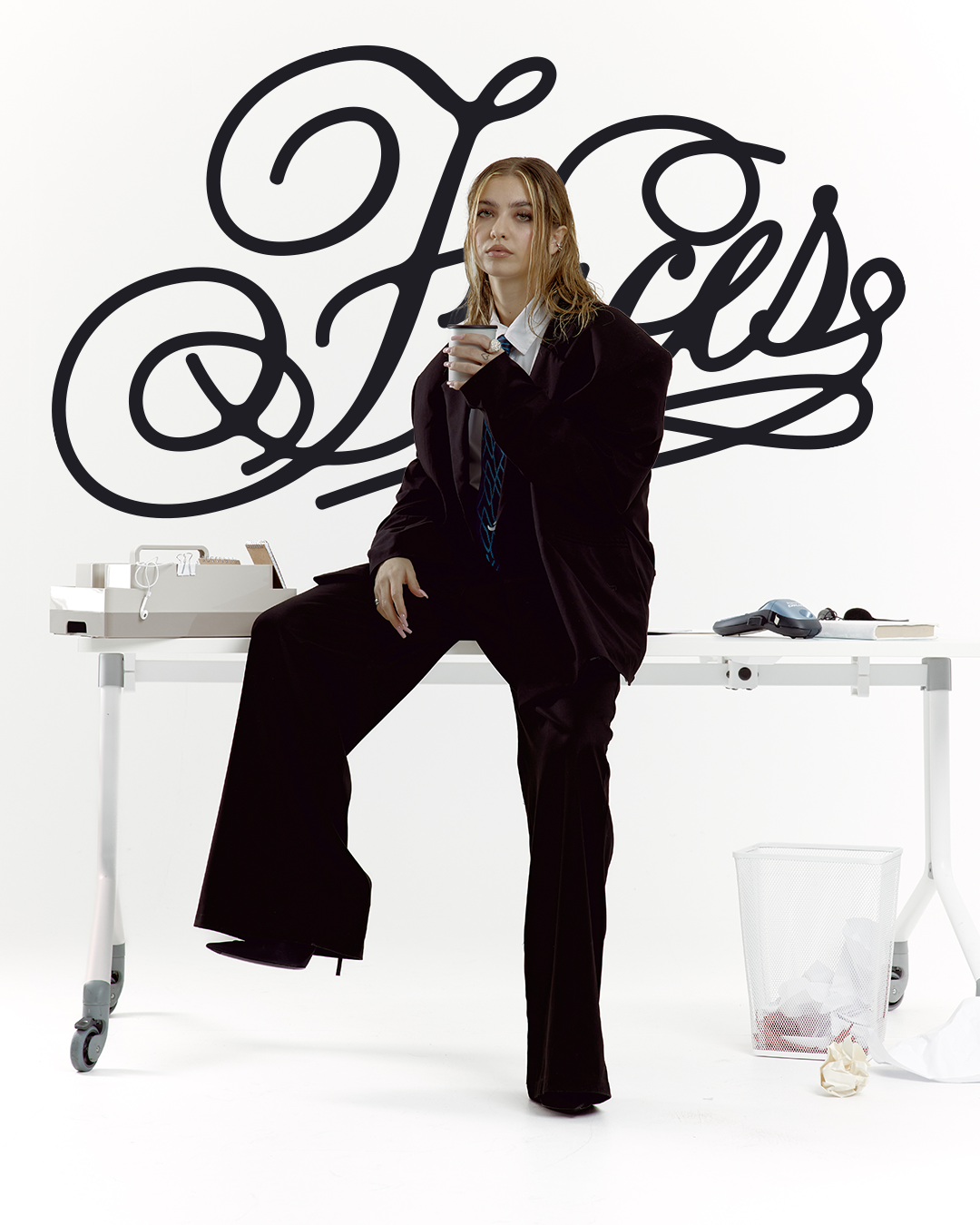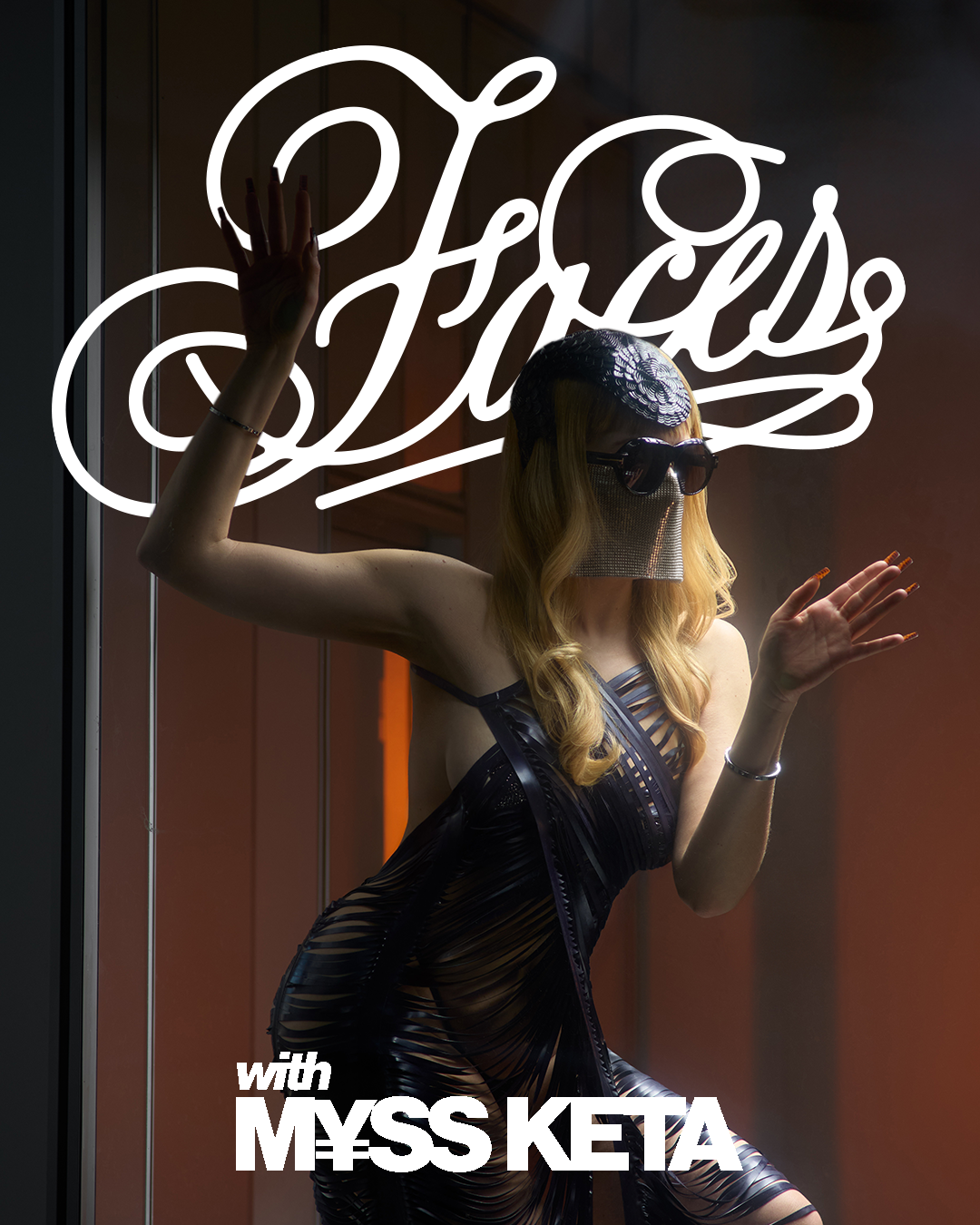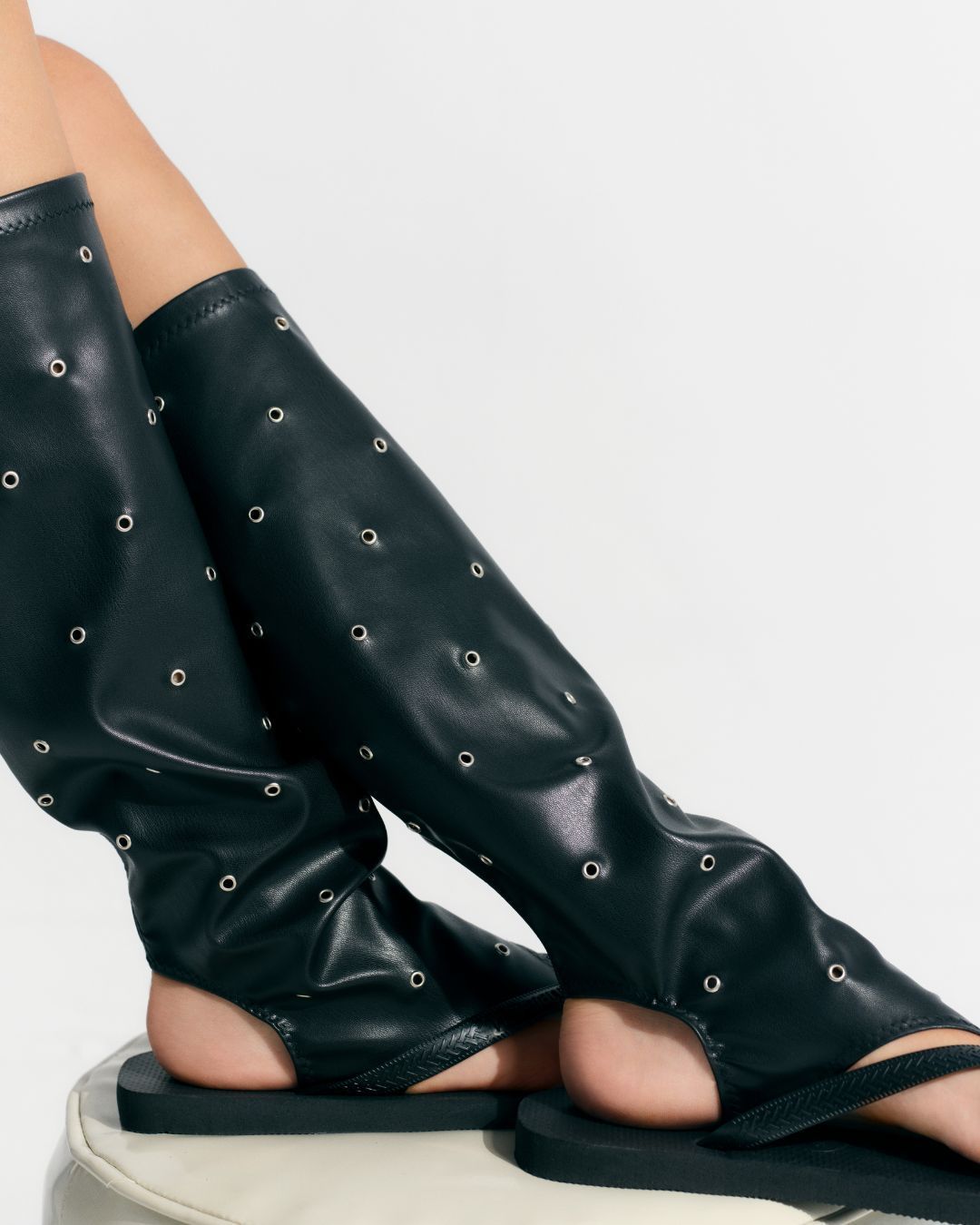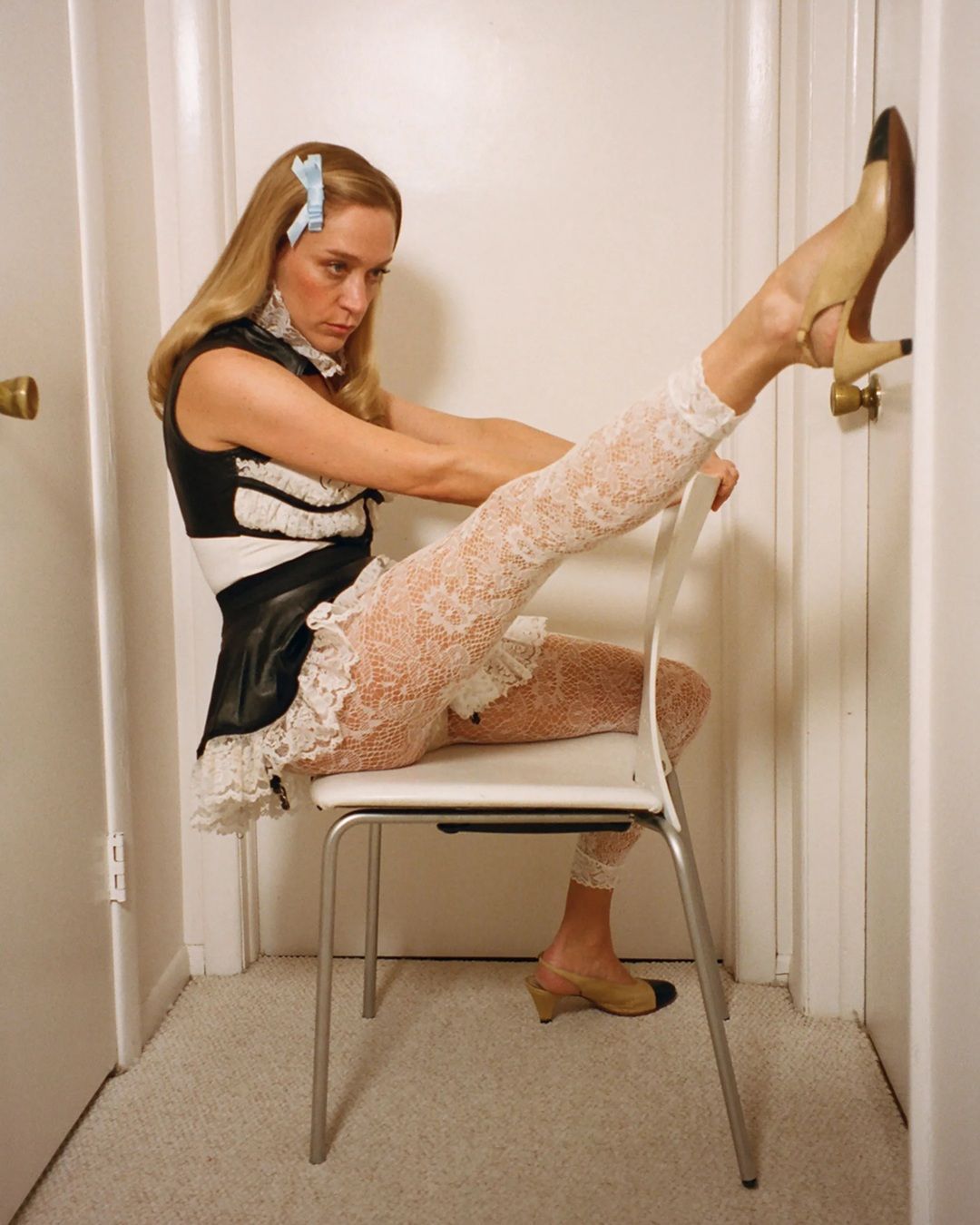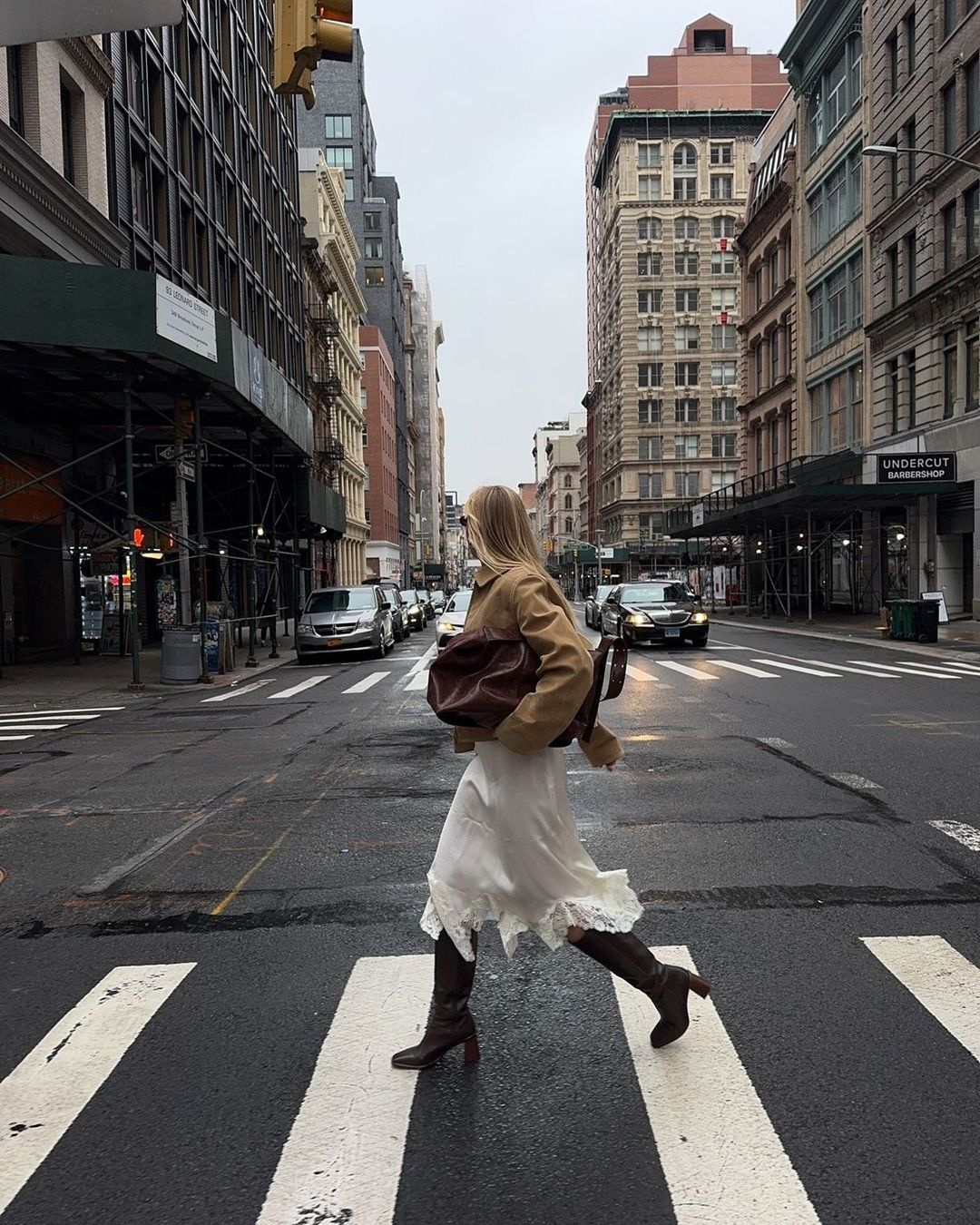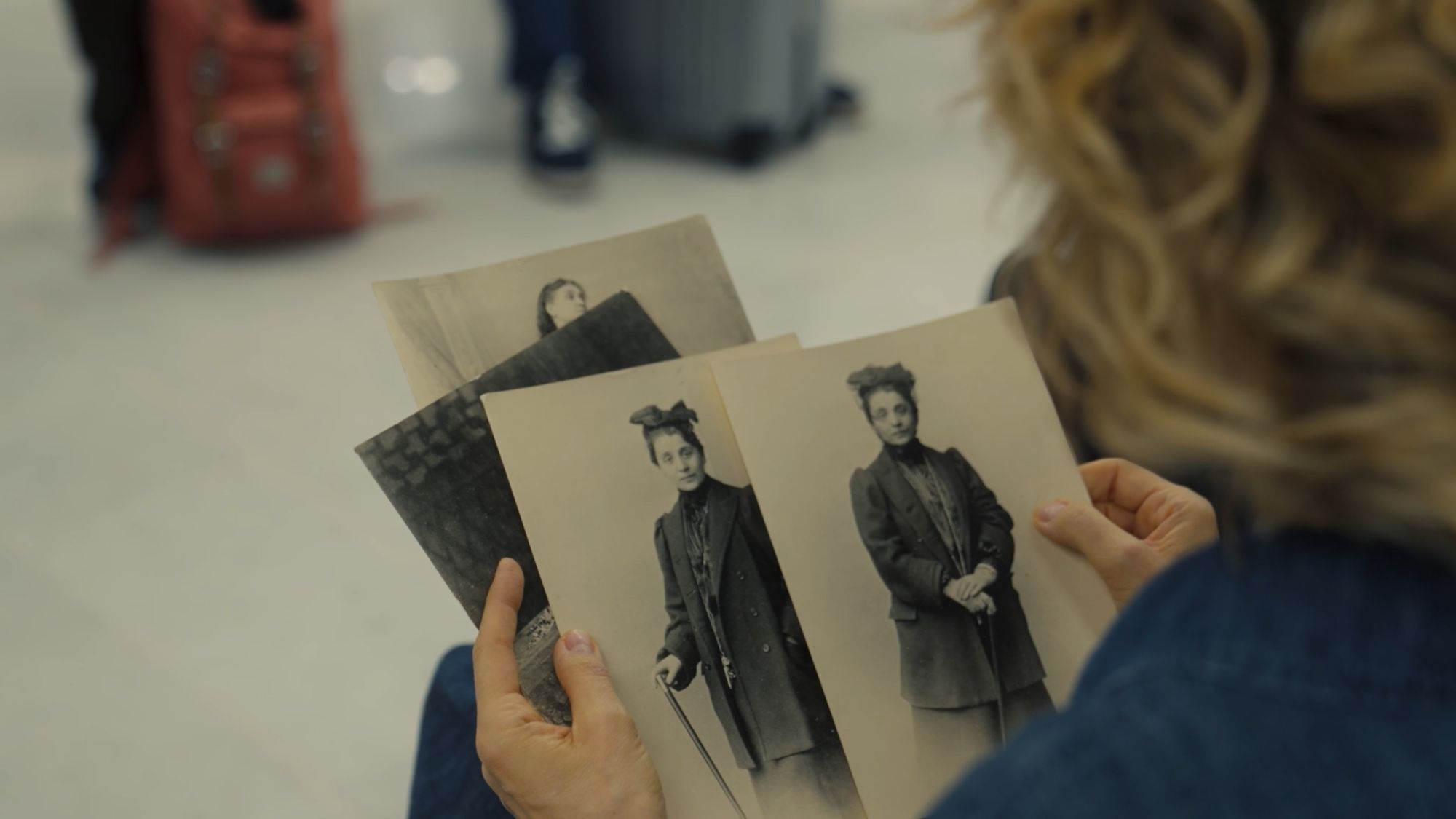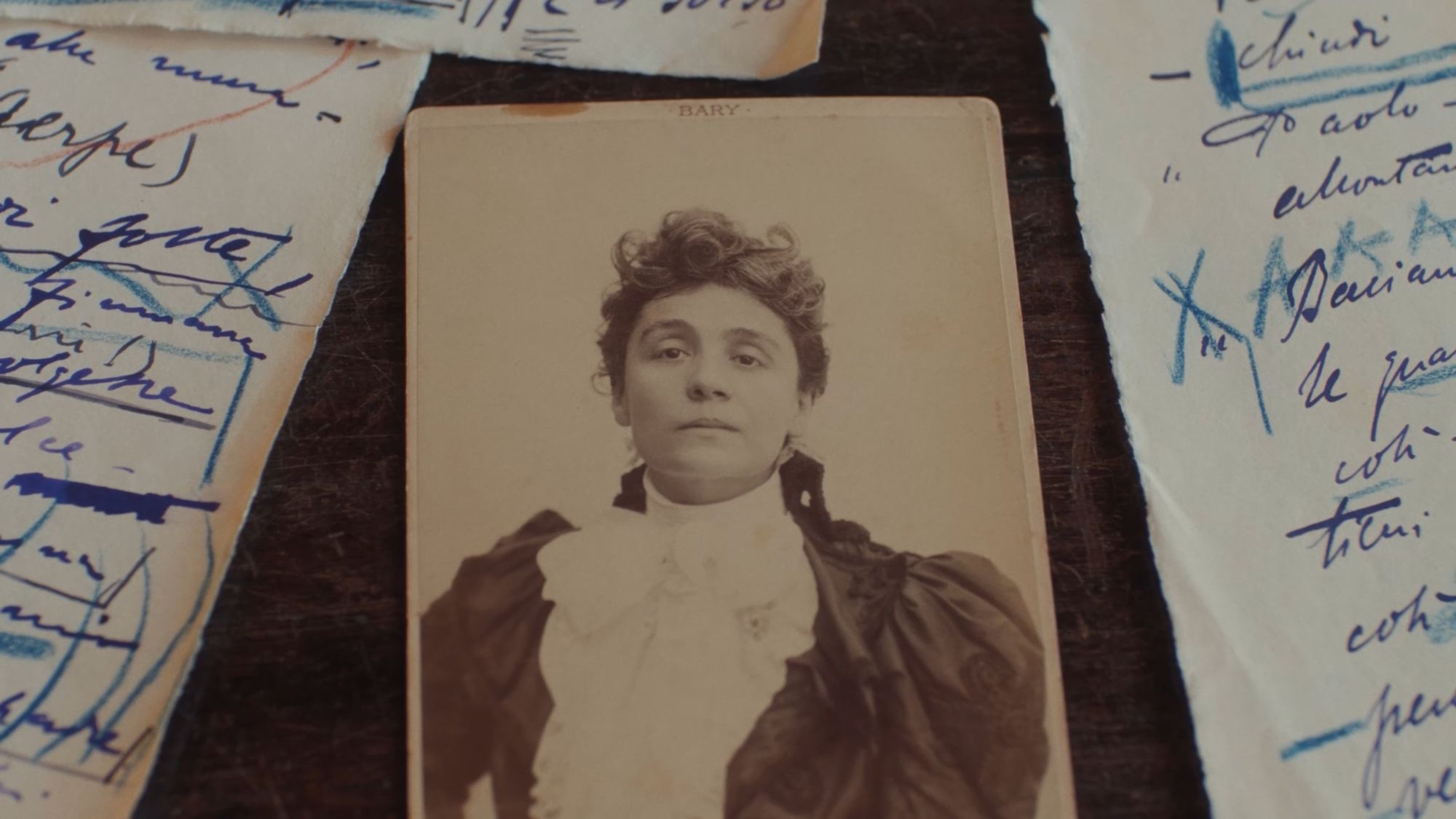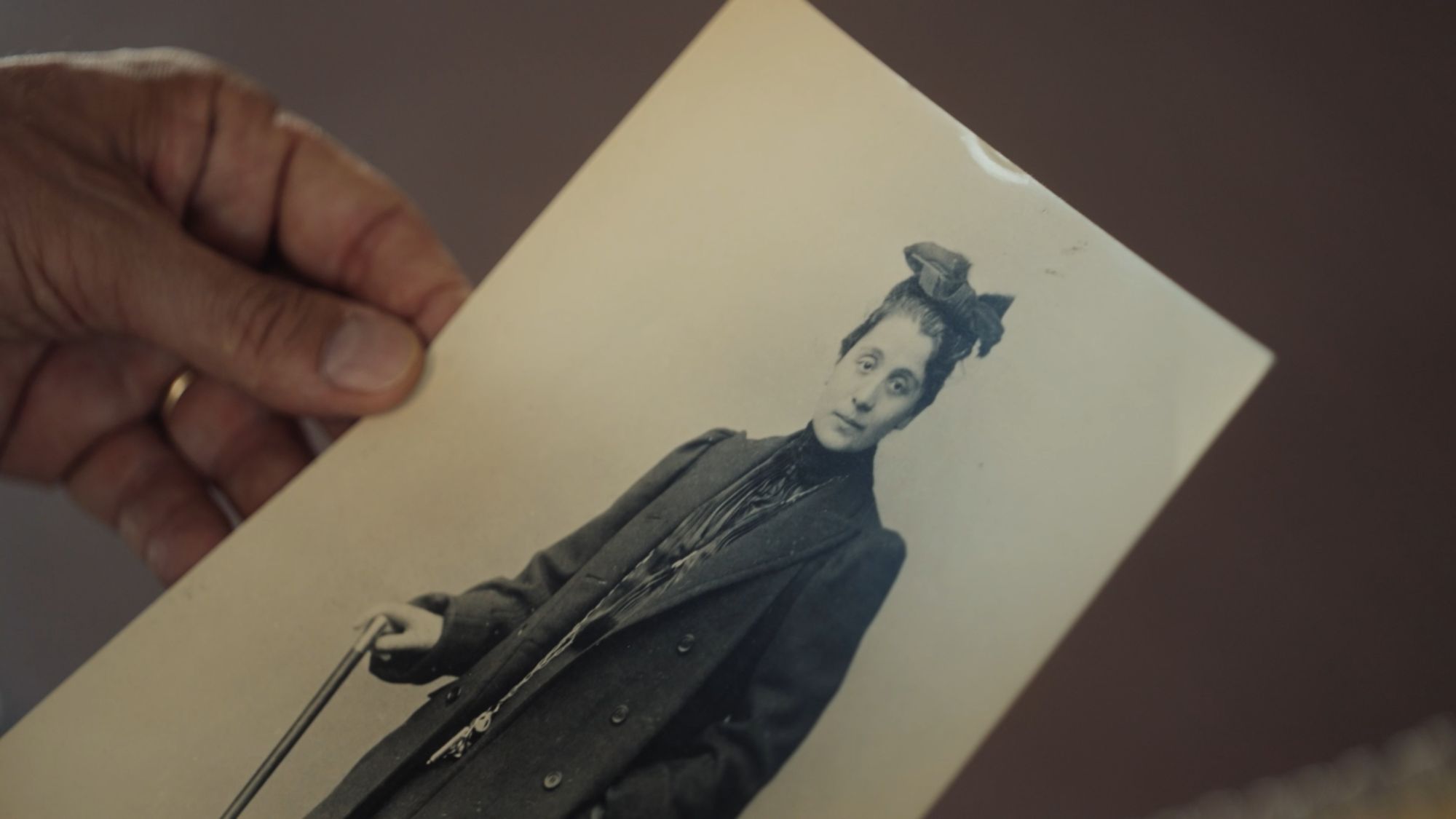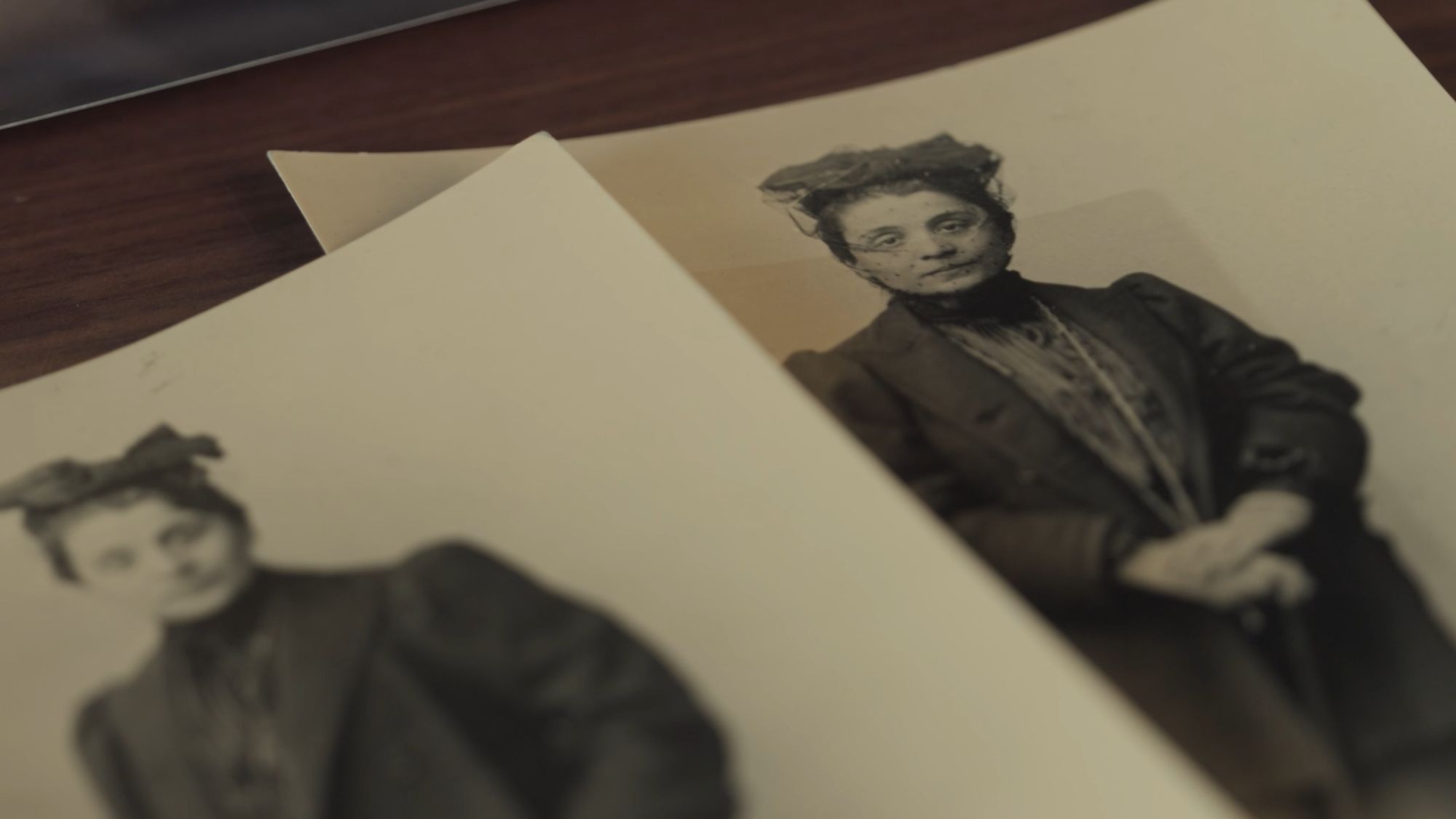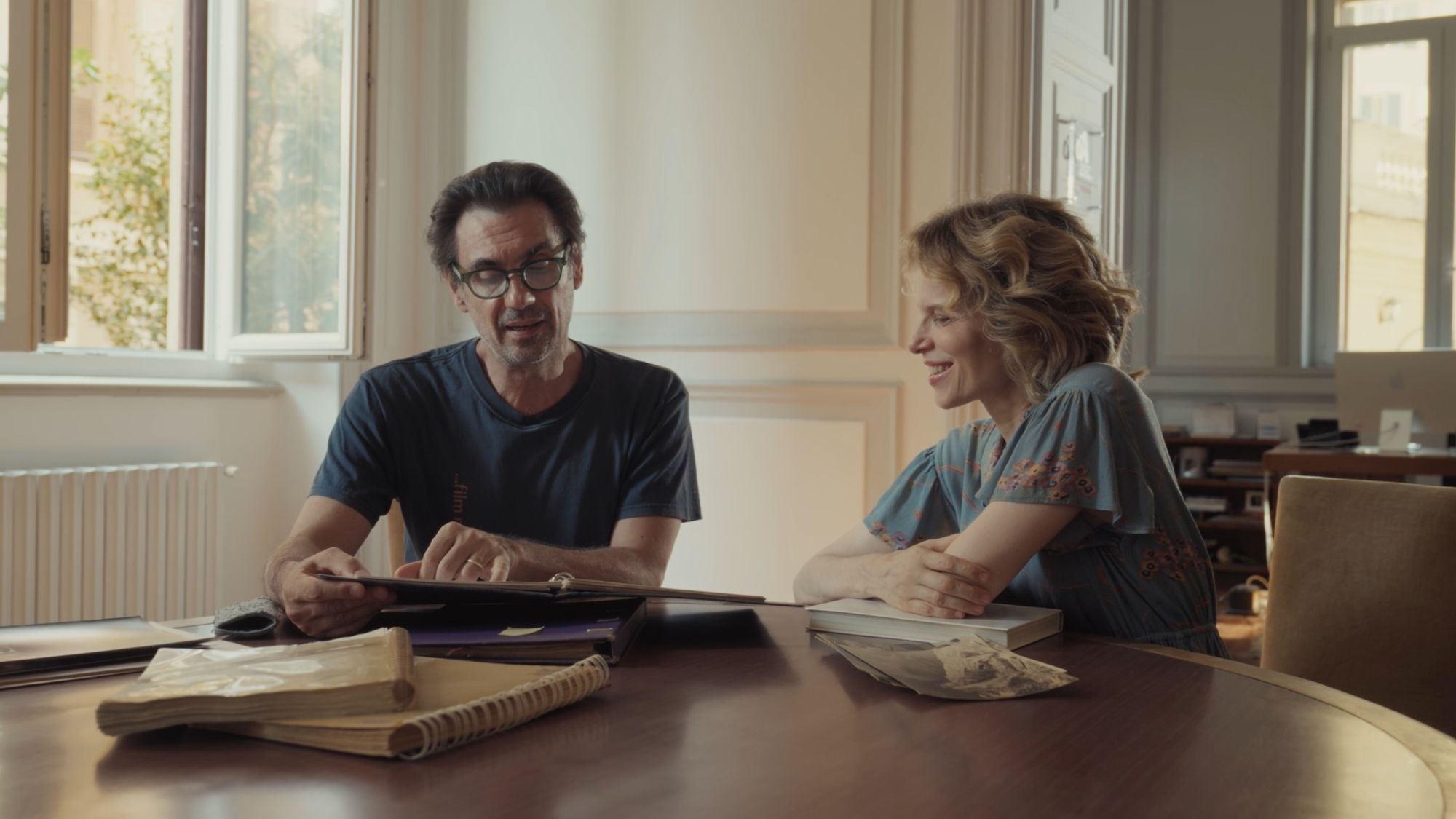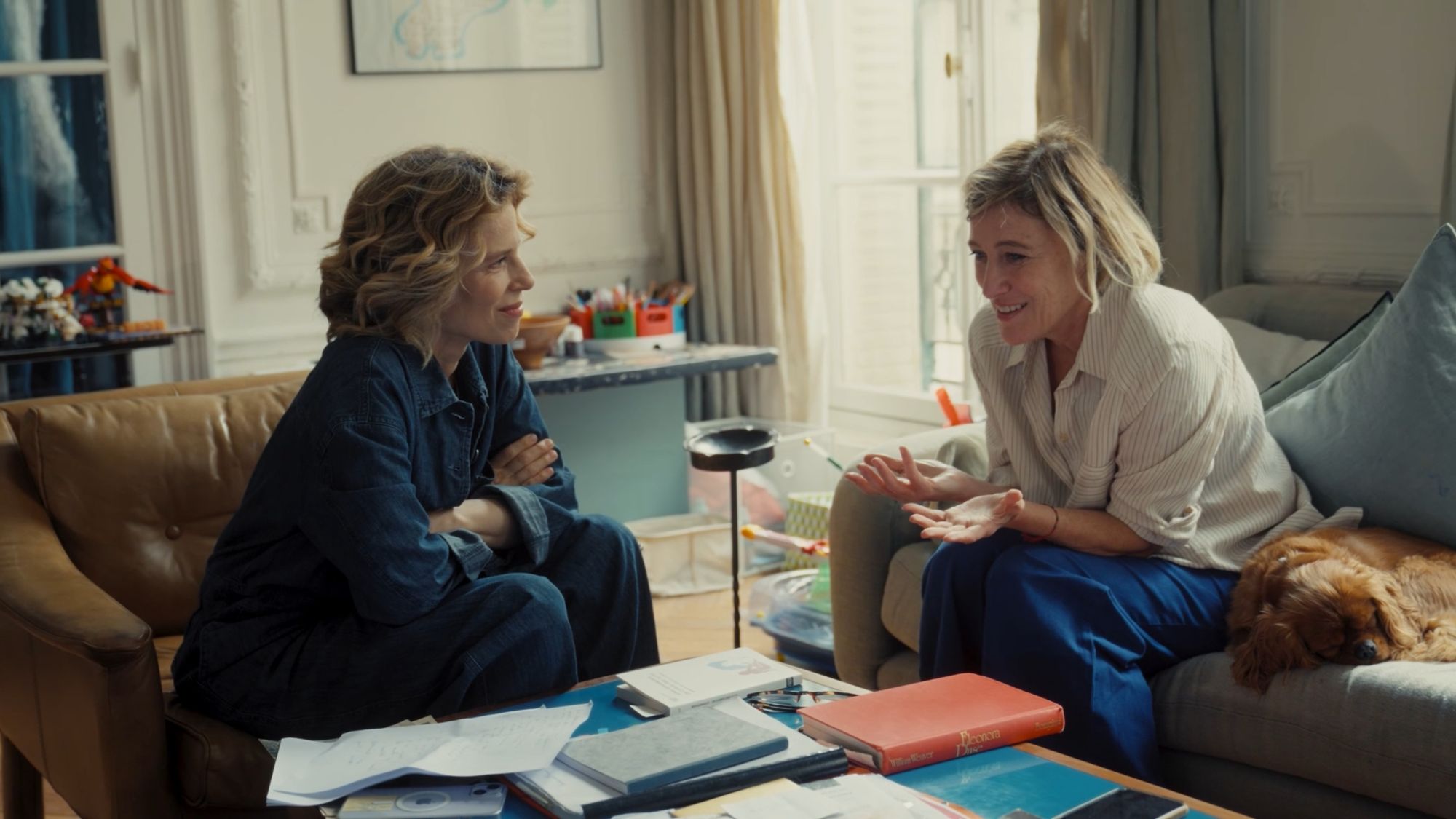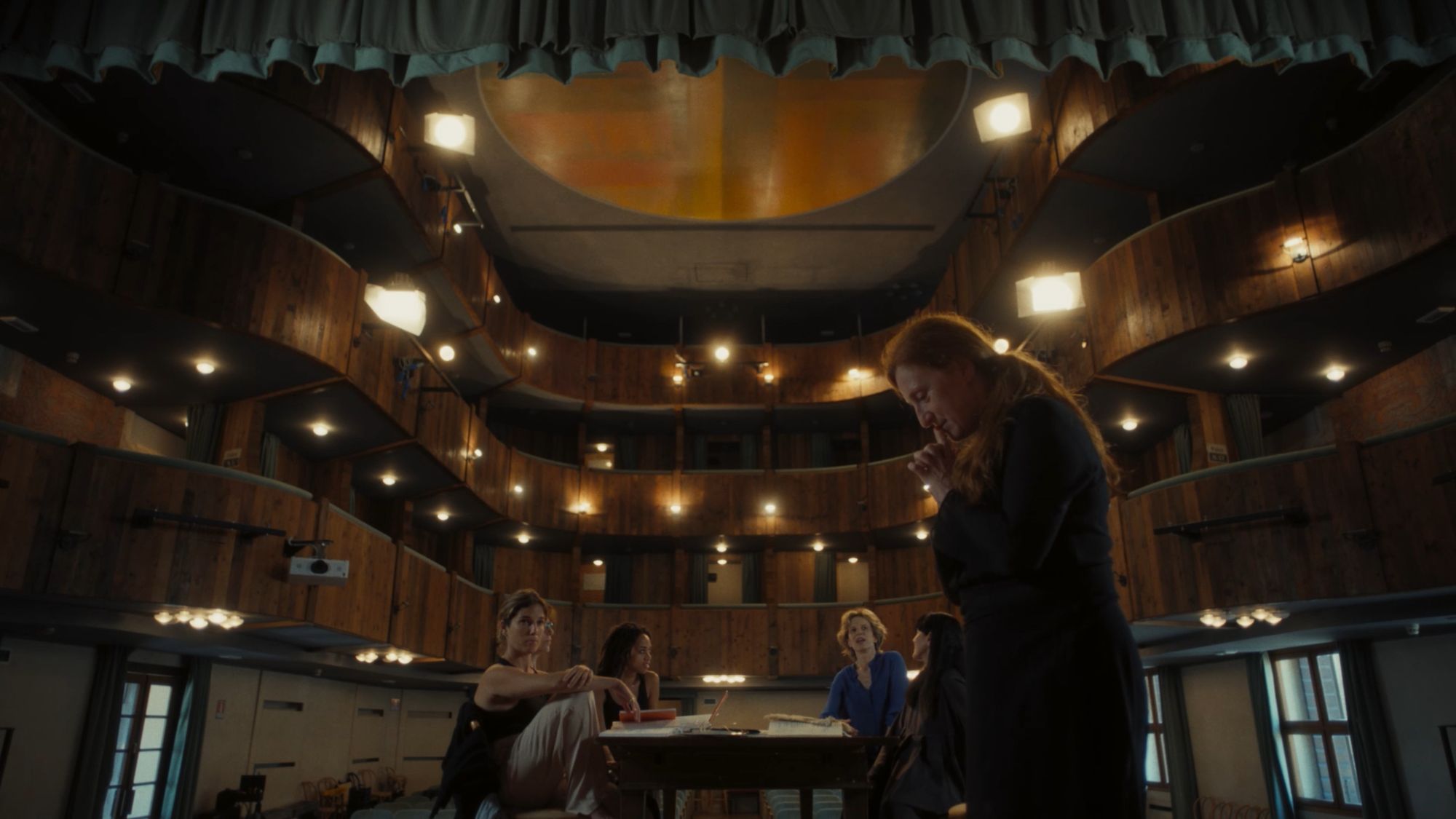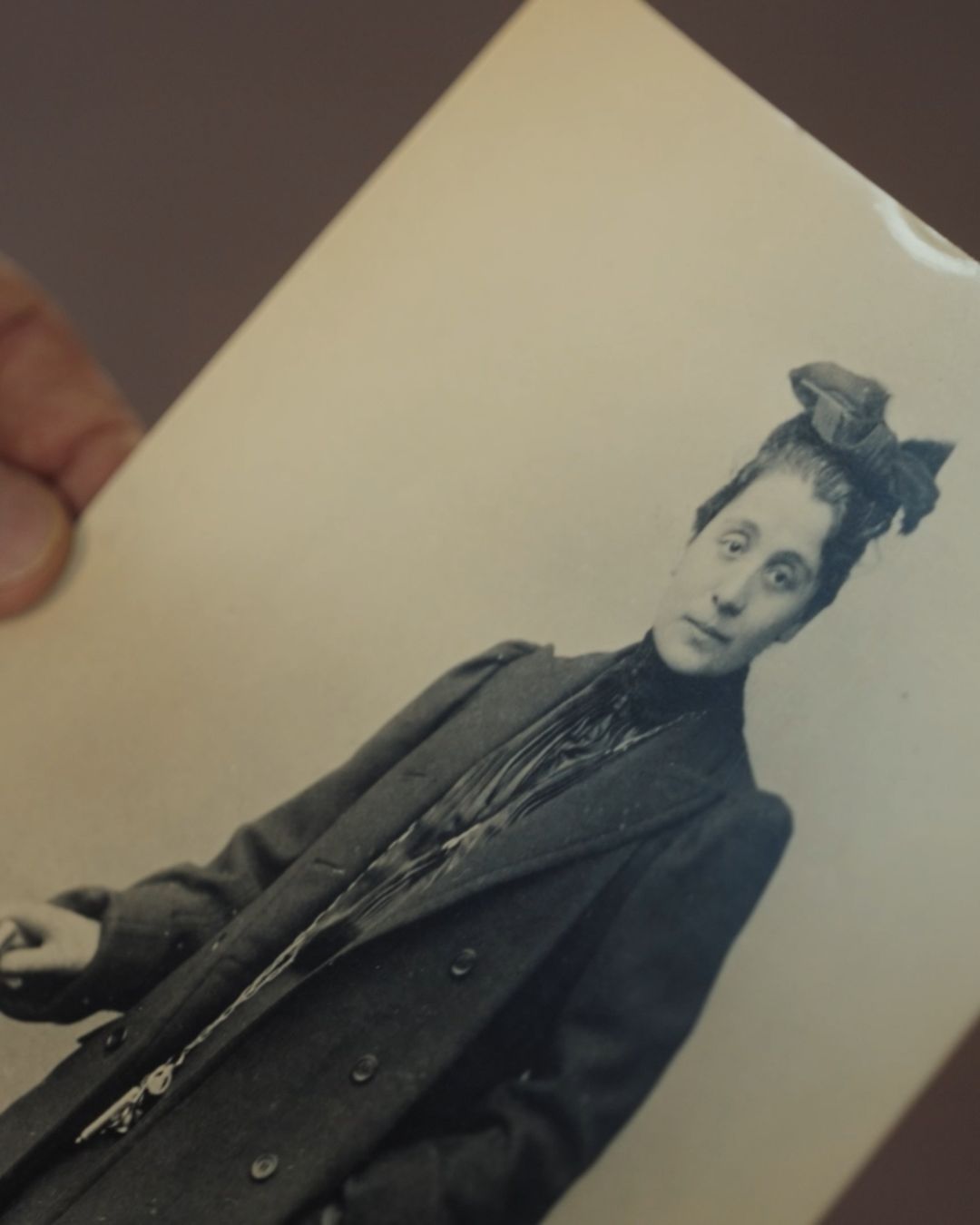
The tumultuous and glamorous life of Eleonora Duse A quick review in preparation for the documentary at the cinema

Eras, fields, arts—everything is different. There is so little that connects Bob Dylan and Eleonora Duse, yet they are strikingly similar in the way others attempt to portray them. On one side, we have the biopic A Complete Unknown, directed by James Mangold, where young star Timothée Chalamet plays Dylan’s early years, yet still leaves the feeling that his essence hasn’t been fully captured. On the other, there’s the documentary Duse - The Greatest, in which actress and director Sonia Bergamasco embarks on a journey to uncover the past of Italy’s greatest theater performer—one whose life remains shrouded in mystery. Not that essays, documentation, or portraits were lacking, but that’s precisely how Duse wanted her memory to be preserved. What she believed should live on—even beyond her death—were her on-stage performances, not the recollection of them. Bergamasco’s work reflects the challenge of encapsulating and narrating an artistic personality who reshaped an entire art form. But who was Eleonora Duse?
Eleonora Duse’s Life and Childhood
Born in a hotel room in Vigevano to actor parents, the Duse family lineage traces back to her grandfather, Luigi Duse, a renowned Venetian comedy actor. Opposed to the Venetian Republic in the mid-19th century, he faced hostility, and as a result, his family endured hardships—including Eleonora’s own childhood. Constantly traveling with her parents’ theater troupes, she grew up with little money and only sporadic schooling. By the age of four, young Duse had already taken her first steps into acting, and at twelve, she was thrust into lead female roles due to her mother’s illness. It was after a 1873 performance of Juliet in Verona’s arena that she shocked everyone by deciding this would be her fate.
After her mother’s death and frequent changes of theater companies with her father, in 1881, she married Tebaldo Checchi, who knew how to manage relationships with the press. Thanks to him, they built Eleonora Duse’s public image. After leaving Rossi’s company in 1885, she founded her own Rome-based company with Flavio Andò, taking control over the repertoire, casting, and introducing non-conventional scripts to audiences. She abandoned the rigid rules of commedia dell’arte, minimized stage decoration, and rejected excessive makeup, allowing only facial expressions to convey emotion. It’s no surprise that accounts describe her as strikingly natural, both in appearance and movement.
Her Works, D’Annunzio, and the Rivalry with Sarah Bernhardt
One of Eleonora Duse’s most famous performances was the 1887 adaptation of Shakespeare’s Antony and Cleopatra by Arrigo Boito, with whom she shared both an intellectual and romantic relationship. This version was controversial as it emphasized the female protagonist over her male counterpart. As explored in Duse - The Greatest, one of the revolutionary aspects of her work was the restoration of depth and emotion to female characters in theater and literature. Traditionally shaped by male authors and playwrights, these roles were imbued with a new feminine essence by Duse. She made a name for herself on international stages, even competing with Sarah Bernhardt, the Parisian theater icon. Performing the same plays, she invited direct comparison, leading critics and audiences to view them as rivals.
From Marilyn Monroe to Anna Magnani: Eleonora Duse’s Legacy in Theater and Film
When discussing Eleonora Duse, one key point raised in the documentary is how generations of actresses have admired her—despite never having seen her perform. Among her greatest admirers were Marilyn Monroe, who learned about her from acting coach Lee Strasberg, and Anna Magnani, considered her cinematic counterpart. Duse appeared in only one film, Cenere (1916) by Febo Mari. Though she faced financial struggles, it was mainly curiosity that led her to silent cinema. Even here, she avoided theatrical excess, embracing restraint—acting not just with her face, but with her back, shoulders, and even absence. This would be the only time she was captured on film.
Despite the hardships of World War I, she continued traveling and performing. And just as she was born in a hotel room, she passed away in a Pittsburgh hotel after an illness worsened her fragile lungs. In one of her rare interviews—she despised giving them—she famously said: "I do not exist." Her actions spoke for her—her performances and her initiatives, like the Actresses’ Library, a refuge for young female performers opened in 1914, which unfortunately closed due to the war. Even when attempting to document her, the overwhelming impression is the elusiveness that defined Duse. A magnetic icon, forever enshrined in an unreachable form of stardom.



